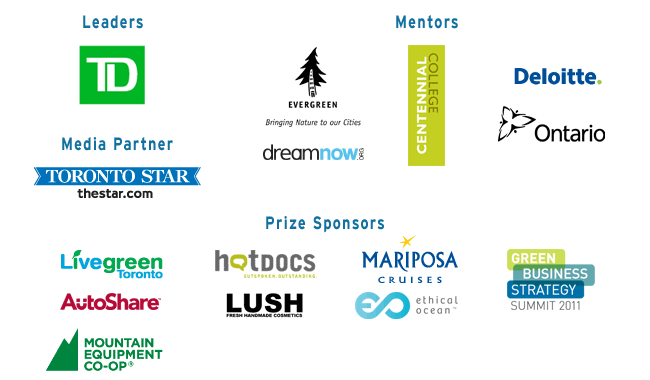The Permablitz
What is a PermaBlitz?A Permablitz is based on the principles of Permaculture (permanent agriculture) which arose during the 1970s in response to Peak Oil.
A Permablitz is when people come together to achieve the following:
- create or add to edible gardens where someone lives
- share skills related to permaculture and sustainable living
- build community networks
- have fun
The TPPGTA has a unique model for the permablitz
Here are the Defining characteristics of the TPPGTA permablitz
- Design Process. Permaculture design means creating sustainable human settlements that mimic nature. The design method can be applied to anything from backyard garden systems that ensure that the garden continues to be viable and productive to community development creating workshops for positive growth.
- Peer Review. Prior to the PermaBlitz , TPPGTA encourages burgeoning and expert permaculturalists to come together to design a garden. We conduct design ‘peer-review’ processes to encourage skill sharing and harness the collective wisdom of the TPPGTA.
- Sourcing / Scavenging. Once a design has been agreed-upon, the PermaBlitz host goes about sourcing materials. Volunteer attendees are encouraged to bring with them what they can and to take with them knowledge, materials available that day and other valuable resources.
On the day of the blitz:
- All the elements come together, the design, the site plan, the people and the transformation! With our method, Nothing is overlooked allowing us to change the space in 1 day! (Blitz)
- The host provides lunch and nibbles for those working in the space. So once implement the design we all celebrate our skill sharing and success with music and food! Volunteers are encouraged to bring along a plate of food to share. As well live music is arranged whenever possible.
And when the blitz is complete, we...
- Party and Feast! Nothing like a feast with friends after a day in the dirt.
Post Blitz:
- Ongoing reflection and improvement in order to ensure ongoing viability of the initiative. Gardens are revisited in the months following the Permablitz to see what has and hasn’t worked to improve designs. We have created an ongoing relationship with the client and the land.
Criteria to be a PermaBlitz Host:
- Have been to a TPPGTA Permablitz to help out 3 or more times or have already committed to helping at future blitzes.
Through our PermaBlitz program we share the practices and methods of permaculture we have used for many years right here in the TPPGTA.
Toyin Coker
Jamiena Shah
o Puck
Douglas JE Barnes
This is a social enterprise! The very nature of the work is about building resiliancy and pushing indegenous knowledge to the forefront. All about sustainability and building community.
We have and are building intensive relationships with site hosts for ongoing support and engaged activity once we meet them.
The permablitz is greening cities and that work is going to last for years and years and years. We are making relationships with others in the community to solidify ourselves as the trainers of this holistic, big picture approach and have a waiting list for the service.
We have a growing number of vounteers eager to learn through hands on work and continue to identify more leads and more areas of interest.
Comments
second
just wanted to second the above comment - i think it would be helpful if the focus was narrowed down with a concrete community in mind - and i love the idea of making it part of the educational curriculum
Local emission reduction potential?
Lots of engagement and energy!
A key criteria of ClimateSpark is to demonstrate opportunity for significant GHG emission reduction. Nothing in your project description addresses this. Can you provide some analysis?
Carbon Footprints
I agree with Julia: it would be good if you at least analyse what would be significant GHG emission reduction.
If you can find carbon footprint index list on foods placed on plates ready to eat, you can show a very good picture. As an example, you can pick a protein food, say, organic tofu sliced with soy sauce on it versus sizzling beefsteak baked with barbecue sauce can be compared in terms of carbon footprints. If you ever find such list, I bet it would look like 1 to 999 - 1 tofu versus 999 beefsteaks. Unfortunately I doubt such index list ever be found. But you can imagine and track the whole travel the two food stuffs made on your dinner plate, it will simple show the stark difference in terms of carbon footprints. If somebody develops such carbon footprints index on foods or anything you can find in the house, we can open our eyes wide and deep to see where you stand in terms of carbon footprints. You may not arrive at numbers, but you will show obvious and stark differences by simplely describing how the two foods, the tofu from your permaculture organic soybeans and the beefsteak, have traveled to your dinner plate. You need to study organic soybeans growing and industrial cattle breeding. I really mean it indeed.
Good concept - would there be
Good concept - would there be an opportunity to collaborate with the GardenShare submission, or the Rooftop Gardens submission?
The ClimateSpark Social Venture Challenge is a project of:

Our sponsors:





Best Environmental Awareness Project
Food is first to shelter for human subsistent. This is the best environmental awareness project. When one think of multinational agri-business for foods on one's table, foods from permaculture will open the eyes to see how food supposed to be grown.
I think you should think about building an enclave within the city boundary where students from grade one can visit as part of the curriculums, it would become one of the best educational tools. The centre should show a complete picture of what the permaculture is all about.